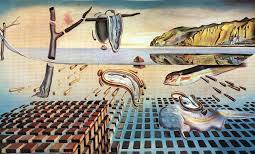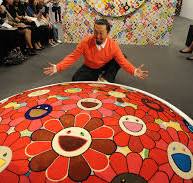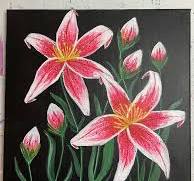The Beauty of Fine Art Collections
Fine art collections are a treasure trove of creativity, history, and cultural significance. Each piece in a collection represents a unique expression of human emotion and imagination, capturing moments in time and reflecting the artist’s vision.
Preserving Heritage
Fine art collections play a crucial role in preserving our cultural heritage. They contain artworks that showcase the evolution of artistic styles, techniques, and themes over centuries. By safeguarding these masterpieces, collectors and institutions ensure that future generations can appreciate and learn from the rich tapestry of human creativity.
Diverse Perspectives
One of the most compelling aspects of fine art collections is the diversity of perspectives they offer. From classical paintings to contemporary sculptures, each artwork brings a unique voice to the conversation. Collectors curate their collections with care, selecting pieces that resonate with them personally and contribute to the overall narrative of their collection.
Inspiring Creativity
For artists and art enthusiasts alike, fine art collections serve as a wellspring of inspiration. Studying the works of master artists can ignite new ideas, spark creative exploration, and push boundaries in artistic expression. By immersing themselves in these collections, individuals can deepen their understanding of art history and cultivate their own artistic vision.
A Legacy for Generations
Building a fine art collection is not just about acquiring beautiful artworks; it is also about creating a legacy for future generations. Many collectors view their collections as a form of cultural stewardship, passing down their love for art to their children and grandchildren. Through careful preservation and thoughtful curation, these collections continue to enrich lives long after their creators are gone.
In conclusion, fine art collections are more than just objects on display; they are windows into the soul of humanity. They tell stories, evoke emotions, and inspire wonder. Whether housed in museums, galleries, or private homes, these collections remind us of the enduring power of art to connect us across time and space.
Essential Insights for Fine Art Collectors: Understanding Roles, Valuing Collections, Investing in Irish Artists, and Exploring Art Elements
- What is a fine art collector?
- What Irish artists are worth investing in?
- How do I find out how much my art collection is worth?
- What are the 7 elements of fine art?
What is a fine art collector?
A fine art collector is an individual who has a passion for acquiring and appreciating artworks of exceptional quality and artistic value. Fine art collectors often have a deep appreciation for the creative process and the cultural significance of the pieces they acquire. They may build their collections based on personal taste, aesthetic preferences, or investment considerations. Fine art collectors play a vital role in supporting artists, preserving cultural heritage, and shaping the art market through their discerning eye and dedication to building meaningful collections that reflect their unique artistic vision.
What Irish artists are worth investing in?
When considering investing in fine art, Irish artists have gained recognition for their unique perspectives and contributions to the art world. Several Irish artists stand out as worth investing in, such as Jack B. Yeats, known for his expressive and vibrant paintings that capture the essence of Irish life and landscapes. Another artist of interest is Louis le Brocquy, celebrated for his innovative approach to portraiture and abstract art. Additionally, contemporary artists like Dorothy Cross and Sean Scully have garnered international acclaim for their thought-provoking works that continue to push boundaries in the art market. Investing in these talented Irish artists not only supports their creative endeavors but also offers the potential for long-term value appreciation in the ever-evolving art market.
How do I find out how much my art collection is worth?
Determining the value of an art collection can be a complex and nuanced process that requires expertise and careful evaluation. One common approach is to consult with professional art appraisers who specialize in assessing the value of artworks based on factors such as artist reputation, provenance, condition, and current market trends. Additionally, researching recent sales of similar artworks at reputable auction houses or galleries can provide valuable insights into the potential worth of a collection. It is important to remember that the value of art is subjective and can fluctuate over time, so seeking multiple opinions and staying informed about the art market are essential steps in accurately assessing the worth of an art collection.
What are the 7 elements of fine art?
The seven elements of fine art encompass the foundational principles that artists use to create compelling and meaningful works. These elements include line, shape, form, color, value, texture, and space. Line serves as the basic building block of art, guiding the viewer’s eye and defining shapes. Shape refers to the two-dimensional area created by lines or colors. Form adds depth and dimensionality to art, creating a sense of volume. Color evokes emotion and sets the mood of a piece, while value determines lightness and darkness. Texture adds tactile quality to artworks, inviting viewers to engage with surfaces. Space establishes the relationship between objects within a composition, shaping the overall visual impact of a piece. By mastering these elements, artists can craft visually captivating and conceptually rich artworks that resonate with audiences.





